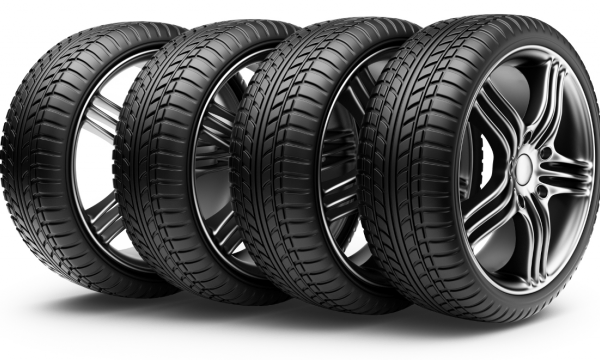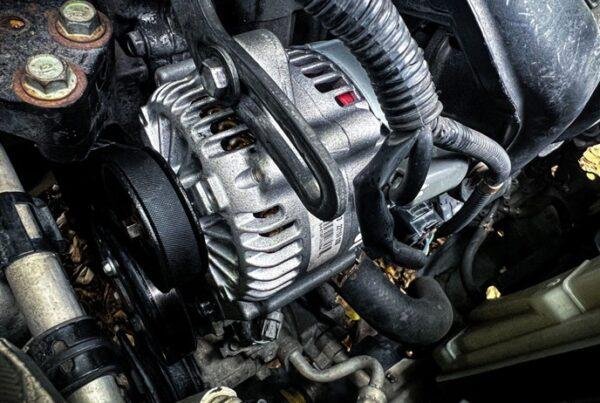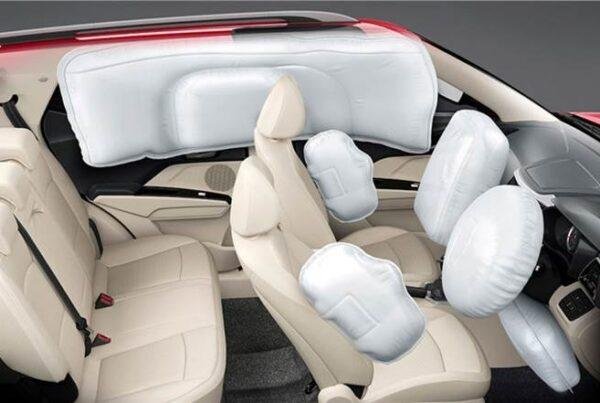
Driving Your Future Forward
Table of Contents;
- Understanding L4 & L5 Diplomas in Automobile Engineering
- Why Choose ASTI Academy
- Core Competencies Developed Through L4 & L5 Training
- Bridging Education and Industry
- The Role of Innovation in Automotive Engineering
The automotive industry is undergoing a transformative shift, propelled by advancements in electric vehicles (EVs), autonomous driving technologies, and sustainable practices. For aspiring professionals in Dubai and the UAE, acquiring specialized skills is essential to thrive in this dynamic sector. The Level 4 and Level 5 Higher International Diplomas in Automobile Engineering offered by ASTI Academy provide a comprehensive pathway to equip students with the expertise needed to excel in the automotive field.
Understanding L4 & L5 Diplomas in Automobile Engineering
The Level 4 and Level 5 Higher International Diplomas are structured to offer in-depth knowledge and practical skills in automobile engineering. The program delves into the design, manufacturing, and operation of vehicles, covering both traditional and emerging technologies. Students engage with modules that encompass mechanical principles, electrical systems, and advanced diagnostic techniques, ensuring a holistic understanding of modern automotive systems.
Why Choose ASTI Academy for Your Automotive Education?
ASTI Academy stands out as a top automobile training institute in Dubai, recognized for its commitment to excellence in technical education. The academy offers a curriculum that balances theoretical knowledge with hands-on experience, facilitated by industry-experienced instructors. With advanced facilities and a focus on current industry trends, ASTI ensures that graduates are well-prepared to meet the demands of the automotive sector.
Core Competencies Developed Through L4 & L5 Training
The UK L4 and L5 programs at ASTI Academy are designed to prepare a range of competencies essential for a successful career in automobile engineering:
- Technical Proficiency: Gain expertise in vehicle systems, including engines, transmissions, and electronic control units.
- Diagnostic Skills: Develop the ability to troubleshoot and resolve complex automotive issues using advanced diagnostic tools.
- Innovative Thinking: Engage with emerging technologies such as EVs and autonomous systems, fostering adaptability and innovation.
- Project Management: Learn to oversee automotive projects from conception to completion, ensuring efficiency and quality.
- Safety and Compliance: Understand industry regulations and safety standards to ensure compliance in all engineering practices.
Bridging Education and Industry: Career Opportunities
Completing the higher international diplomas opens doors to various career paths within the automotive industry:
- Automotive Engineer: Design and develop new vehicle models and systems.
- Service Technician: Specializes in the maintenance and repair of modern vehicles.
- Quality Control Inspector: Ensure vehicles meet industry standards and regulations.
- Technical Consultant: Provide expert advice on automotive technologies and innovations.
- Research and Development Specialist: Work on cutting-edge projects in EVs and autonomous vehicles.
The complete training provided by ASTI Academy equips graduates with the skills and knowledge to excel in these roles, contributing to the advancement of the automotive sector in the UAE and beyond.
Embracing the Future: The Role of Innovation in Automotive Engineering
 The automotive industry is rapidly evolving, with a significant focus on sustainability and technological innovation. ASTI Academy’s programs incorporate these elements, preparing students to engage with:
The automotive industry is rapidly evolving, with a significant focus on sustainability and technological innovation. ASTI Academy’s programs incorporate these elements, preparing students to engage with:
- Electric Vehicle Technology: Understanding battery systems, electric drivetrains, and charging infrastructure.
- Autonomous Driving Systems: Exploring the integration of AI and sensor technologies in self-driving cars.
- Sustainable Practices: Learning about eco-friendly materials and manufacturing processes.
By staying ahead of these trends, graduates are positioned to lead and innovate within the automotive industry.
Accelerate Your Career with ASTI Academy
The Level 4 and Level 5 higher international diploma in Automobile Engineering at ASTI Academy is a strategic move for those aspiring to make a mark in the automotive industry. With a curriculum that blends technical knowledge, practical skills, and industry insights, graduates are well-equipped to navigate and contribute to the evolving landscape of automotive engineering. Whether you’re a student, a parent guiding a career path, or a professional seeking advancement, ASTI Academy offers the tools and support to drive your future forward.
We have changed the lives of over 300,000 students since 1995. Now it’s your turn!
About ASTI Academy
ASTI Academy is leading vocational training institute in Dubai, UAE. Offering Foundation Diploma, Engineering Diploma, Job Oriented Short Courses. You will get KHDA & Globally Recognized Certificate after completion of your courses.
No Need for a Career Break, You can study online / part time also. Apply Now! For all other general inquiries call us at 971 42809955 or email us at enquire@astiacademy.ac.ae
Check our Social media handles Facebook, Instagram,Linkedin, Twitter for more details. Click here to Get all questions answered












